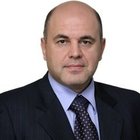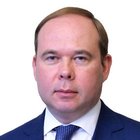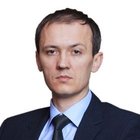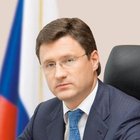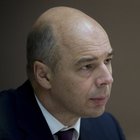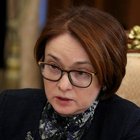The meeting was attended by Prime Minister Mikhail Mishustin, Chief of Staff of the Presidential Executive Office Anton Vaino, Deputy Prime Minister – Chief of the Government Staff Dmitry Grigorenko, Deputy Prime Minister Alexander Novak, Deputy Prime Minister Marat Khusnullin, Deputy Chief of Staff of the Presidential Executive Office Maxim Oreshkin, Minister of Industry and Trade Anton Alikhanov, Finance Minister Anton Siluanov, and Central Bank Governor Elvira Nabiullina.
* * *
Opening remarks by President of Russia
President of Russia Vladimir Putin: Colleagues, good afternoon,
We convene on a regular basis to coordinate our approaches, discuss the state of affairs in the domestic economy and its principal trends, and consider issues vital for the support of business and investment activity in the regions and across the Russian Federation as a whole.
Today, I propose that we also focus on these topics. I would like to commence with the key macroeconomic indicators.
Despite the fact that GDP growth has slightly decelerated in the third quarter of this year, the Russian economy continues its upward trajectory. According to the Ministry of Economic Development, GDP increased by 4.2 percent in the period from January to August.
This indicator is projected at 3.9 percent at yearend, which will be above the world average rate. According to the IMF, global GDP growth in 2024 is expected to be 3.2 percent.
Our industry, including the high-tech sector, is setting a good, promising pace. Over the first eight months of this year, Russia's industrial production increased by 4.5 percent, with manufacturing growing by 8.1 percent, and the mechanical engineering sector adding almost 20 percent.
These figures indicate that companies are operating at full capacity, and personnel can do their jobs steadily and with full confidence. The labour market situation reinforces this further: for the third consecutive month, unemployment in Russia remains at 2.4 percent, which is a record low.
What is particularly significant is the decline in unemployment among young people under the age of 25, which currently stands at less than nine percent. It has decreased by more than one percentage point over the year, standing at 11.6 percent previously.
At this juncture, I would like to underscore that challenges and imbalances persist within the economy. These issues are primarily attributed to the difficult conditions under which we are ramping up the nation's industrial, agrarian, and financial potential. Such difficulties are attributable to both external sanctions and our own structural constraints, including shortages in personnel and technology, as well as logistical hurdles. These factors are reflected, among other things, in the dynamics of consumer prices.
I want to reiterate: it is crucial not only to continuously analyse the state of affairs within the national economy but also to promptly adjust economic policy measures to reinforce and stabilise positive trends.
Our objective, both in the near and long term, is to develop the supply-side economy, augment the production of goods and services domestically, launch new investment projects, and create modern employment opportunities across all industries and sectors of the economy.
These objectives are among the priorities of the federal budget for the forthcoming three-year period. I should also highlight that it envisages a reduction in the so-called non-oil-and-gas deficit and a return to the budget rule. This, in turn, should exert downward pressure on inflation.
During today's meeting, I suggest that we separately address a sensitive and important topic for our business community: business investment plans and development investments, namely the evolution and structure of the corporate loan portfolio.
I would like to remind you that two months ago we discussed consumer lending. We concurred to take decisions aimed at limiting the excessive growth of debt burden on citizens and to step up efforts against fraud in this domain. I am aware that the Government and the Bank of Russia are currently drafting respective amendments to legislation.
Regarding corporate lending, despite the current relatively high interest rates within the economy, this segment continues to expand at a considerable pace. For instance, from the beginning of the year to October 1, corporate loan debt increased by more than 14 percent – I believe Ms Nabiullina will confirm or provide commentary on these figures – or, as expressed in value or monetary terms, by 10.6 trillion rubles.
We must closely monitor these trends to ensure sustainable and balanced growth of the corporate loan portfolio. Furthermore, the structure of this portfolio, including loan maturity and sectors of our economy where such loans are allocated, should be optimally aligned to address long-term strategic objectives and achieve national development goals.
I suggest that we structure our discussions today with these considerations in mind.
Let us begin. Ms Nabiullina, the floor is yours.
<…>


